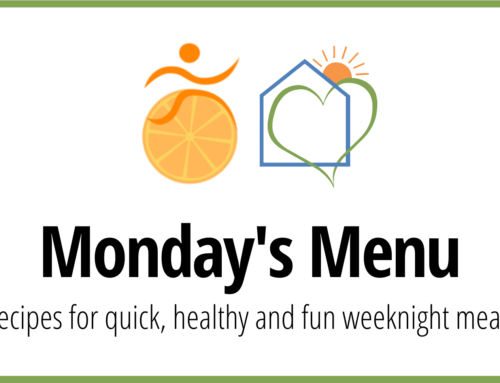The Importance of Core Exercise
Submitted by Caroline Borowy, NASM- CPT
Happy Wellness Wednesday!
Today’s featured blog is highlighting the importance of core exercise. Do you ever experience back pain? Find it hard to balance on certain terrain? You may need to work on building strength in your core.
Your core is the center of movement in the body. Having a strong core will lead to a higher quality of life, decreasing low-back pain, and providing improved posture when executed correctly. Your abdomen is made up of two musculature systems, the local system and the global system. The local system is composed of muscles that provide support and stabilization to the spine (Mayo Clinic, 2020), not providing movement, but providing support and stability when joints move. Examples of these muscles include the transverse abdominis, multifidus, and pelvic floor (Sutton, 2022). In conjunction with the local system, the global system is what gives rise to movement of the trunk and extremities, and consists of larger, more superficial muscles. Examples of these muscles include, the rectus abdominis, latissimus dorsi, and external obliques (Sutton, 2022).
Below we have included some fundamental core exercises for the beginner. These exercises have a heavier emphasis on stabilizers.
Pelvic Tilts:
Lying on your back, bring your legs bent in front of you, hip width apart, toes pointed forward, heel to toe straight. Flatten your back against the floor by tightening your abdominal muscles and bending your pelvis up slightly. Hold for up to 10 seconds. Relax and repeat 10 times.
Single Leg Raise with Yoga Strap:
Lying on your back, bend one knee and place the foot flat on the floor. Using a yoga strap around the other foot, extend that leg. Keep your low back flat on the floor, and gently raise the strap supported leg perpendicular to the floor. Lower the leg back down slowly, keeping the back flat on the floor, but do not let the heel touch. Repeat for about 10 times on each side.
Deadbug:
Lying flat on the floor, extend your arms straight over your shoulders, and bend your knees to stack over your hips. Press your back flat to the floor. This is the starting position. Extend the opposite arm and leg, while keeping the back flat on the floor, aim to bring your bicep by your ear, and aim to extend the leg close to the floor, without touching. Return to the starting position. Repeat on each side for 10 repetitions.
Floor Hip Bridge:
Lie face up on the floor, with your knees bent and feet flat on the ground. Keep your arms at your side with your palms down. Lift your hips off the ground until your knees, hips and shoulders form a straight line. Hold your bridged position for a couple of seconds before easing back down. Repeat 12-15 times.
Works Cited:
Mayo Clinic Authors. “Core Exercises: Why You Should Strengthen Your Core Muscles.” Mayo Clinic, Mayo Foundation for Medical Education and Research, 29 Aug. 2020, https://www.mayoclinic.org/healthy-lifestyle/fitness/in-depth/core-exercises/art-20044751#~:text=Strong%20core%20muscles%20are%20also,also%20help%20improve%20back%20pain.
Sutton, Brian. “A Practical Approach to Training the Muscle Synergies.” NASM, https://blog.nasm.org/ces/practical-approach-training-muscle-synergies.
If you have a wellness themed topic you would like to share or learn more about, and/or blog/vlog about as an expert in a health/wellness related field, please reach out to shelby@cclyme.org.
Shelby Wood
Manager of Program Development
CommunityCare of Lyme
Shelby@cclyme.org
802-468-7776












Leave A Comment